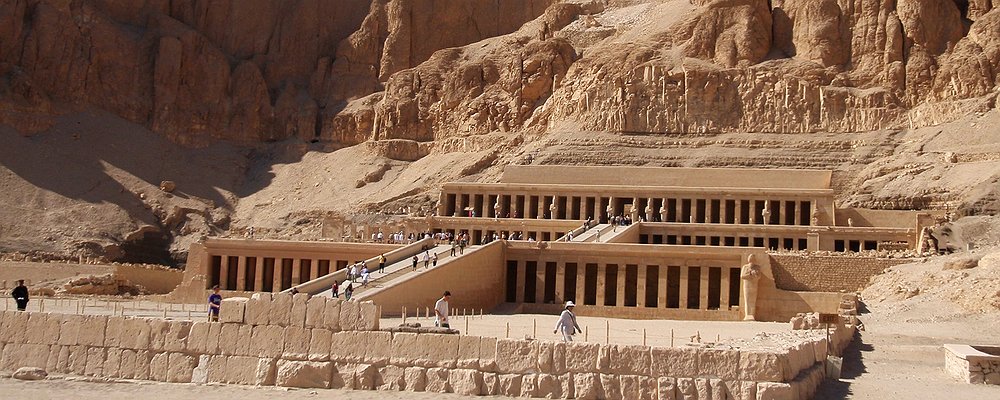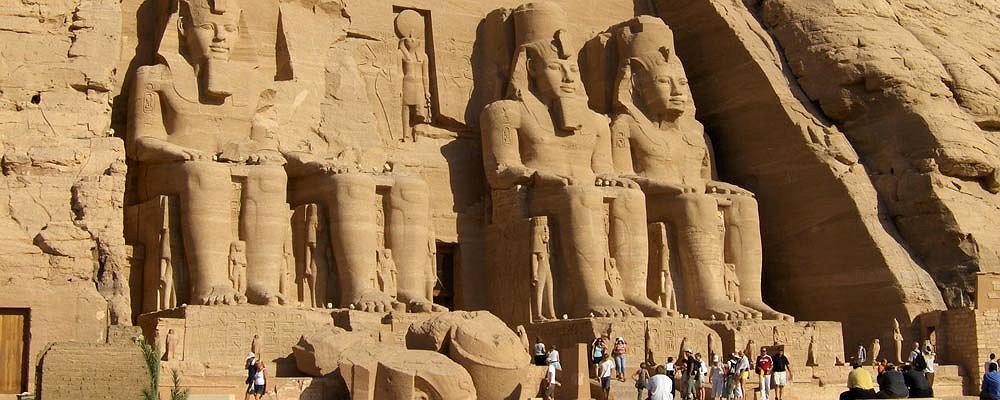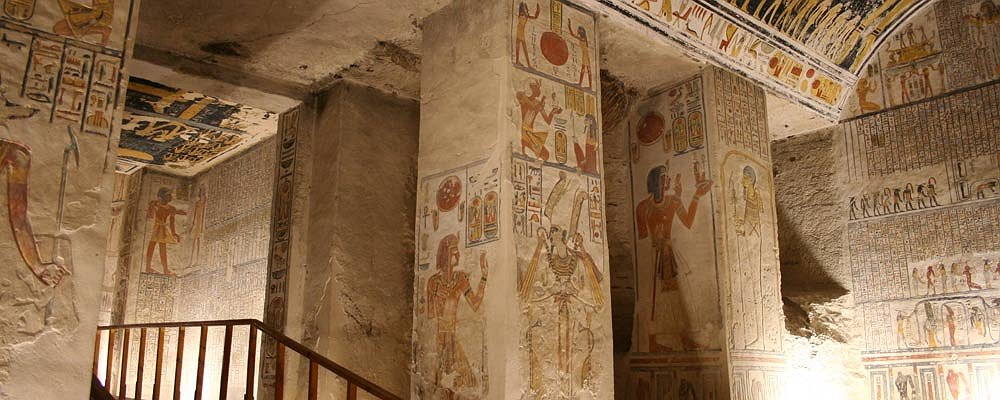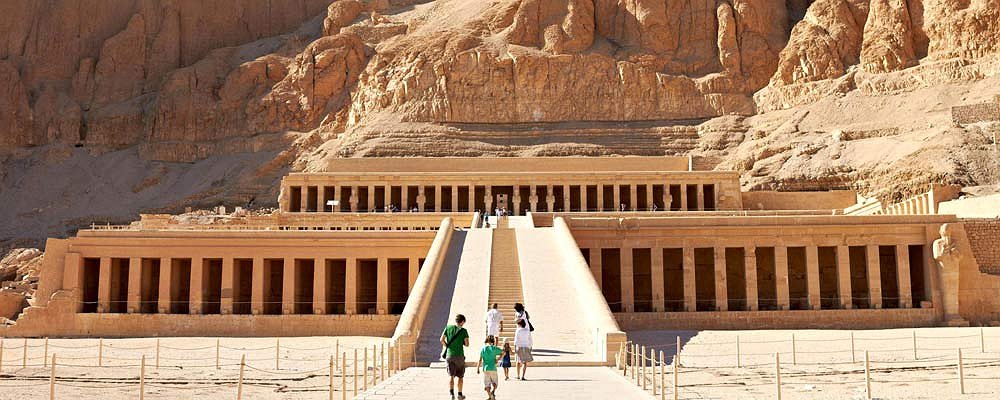Blog
Egypt is a nation of myth and legend; of spots that exist in the aggregate creative abilities of the world and that appear to be difficult to involve space in this present reality. Yet they do, and maybe the most noteworthy of Egypt's antiquated landmarks is the Valley of the Kings. No, you won't discover pyramids here or sumptuous sanctuaries or anything over the ground, with the exception of hills of sand. That was the point however, to cover and protect keeping in mind that didn't generally work, the old tombs of the Pharaohs still stay, sitting tight for us to investigate them.
The valley remains on the west bank of the Nile, opposite Thebes (cutting edge Luxor), inside of the heart of the Theban Necropolis. The wadi comprises of two valleys, East Valley (where most of the regal tombs arranged) and West Valley. Between the sixteenth to eleventh hundreds of years BC, it served as the last resting place for the leaders of old Egypt.
The nature of the stone in the Valley is exceptionally conflicting. Tombs were worked, by slicing through different layers of limestone, each with its own quality. This postures issues for advanced conservators, as it must have to the first engineers. Building arrangements were presumably changed by virtue of this. The most major issue is the shale layers. This fine material extends when it comes into contact with water. This has harmed numerous tombs, especially amid surges.
Intentionally inherent the center of the desert to stop cheats, the vast majority of the graves were ransacked in old times, yet the tombs that stay still offer imperative signs to the past. Not every one of the tombs was burglarized however; this is the place Howard Carter found the tomb of Tutankhamun in 1922, complete with its wealth and new tombs are as yet being found today. It's a position of force where the creative energy assumes control full control.
The unforgettable, lunar scene of the Valley of the Kings is the resting spot of various New Kingdom pharaohs, whose remaining parts were buried in tombs tunneled into rock. The 60-odd tombs which have been found (which might speak to just 50% of the aggregate tombs in the territory) are recognized by number as opposed to the name of their unique occupant, and a modest bunch of tombs are shut at any one time for reclamation. In any case there is all that anyone could need to see, and it is ideal to choose an agent test as opposed to attempt to see each tomb.
Sadly, Grave-looters and exhibition halls have grabbed the things which should go with rulers into life following death; however you can even now see the work of a portion of the finest artisans of the antiquated world, who celebrated pharaohs in frescoes and divider reliefs. Graffiti demonstrates that this unprecedented outfit of artifacts was at that point a vacation destination for the antiquated Greeks and Romans.









comments
No comments yet.